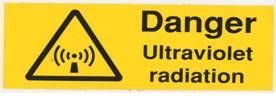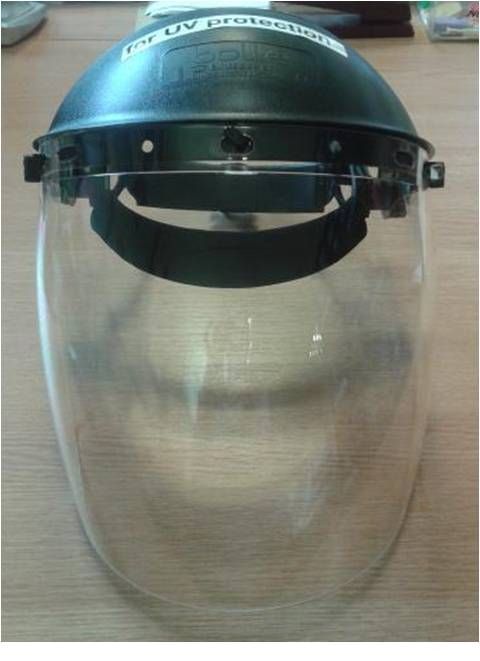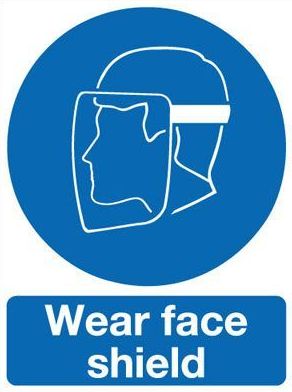

Ultraviolet light (UV)
UV light is harmful to skin and eyes. There are both short term effects; serious damage to the cornea (photokeratitis) and to the skin (erythema) and long term effects, skin ageing, cataracts and cancers. Different wavelengths of UV light and intensity of source output considerably alter the time required before serious injury occurs. All UV light exposure should be kept to a minimum. A few seconds exposure may be sufficient to cause serious eye damage which may not be felt for several hours and be very painful. A safety awareness course for UV sources is mandatory for all users of UV equipment on and off campus.
All UV emitting equipment (100-400nm) or that which is suspected to fall in this range MUST be registered with the Radiation Safety Unit. Please download the UV source registration form, complete it for all UV sources in your lab and return to katharine.sullivan@manchester.ac.uk. This includes but is not limited to:
- Transilluminators
- Sterilising equipment
- TLC viewing cabinets
- Cadmium/mercury lamps
- Hand held UV lamps
- Phospholuminescence equipment
- Fly killing tubes (Insectocutors)

Example risk assessments
housed UV light sources
These are available for you to use. If you have all the listed controls in place then the risk is adequately controlled and they can be used as provided. If not you must modify, stating the controls you do use and re evauate the risk as it may change. When you are satisfied that your measures adequately control the risk, remove the header.
To ensure safe UV usage, The Radiation Safety Unit implements the following measures:
Annual survey of all UV emitting equipment
Please contact katharine.sullivan@manchester.ac.uk ext 56982 to arrange a survey of your equipment.
UV warning signs
Warning signs, such as Figure 1, must be clearly visible on the equipment and, where necessary, the lab door/ wall.
PPE (Personal Protective Equipment)
Prevention of exposure during use of UV light requires the use of a full face shield (e.g. figure 2) that complies with the requirements of BS EN170:2002 and is appropriately CE marked. Ordinary laboratory splash spectacles do not absorb UV and should never be used to protect the eyes during UV exposure. Signs such as figure 3 should be posted as appropriate.
The Radiation Safety Unit labels all face shields that are suitable to protect against UV 'FOR UV PROTECTION' and are engraved with an identification number and the date of issue.
Those that are NOT LABELLED are NOT SUITABLE and must not be used.

Action to be taken in the event of accidental exposure or injury.
You may not be aware of an overexposure or may have witnessed another person's
- Immediately turn off the source and move away from it.
- Inform your project supervisor what has happened. If you have removed your visor whilst working with a transilluminator, you may not yet be suffering from photokeratitis or necessarily experiencing any pain.
- Seek medical advice. You should attend your local Accident & Emergency Department or Occupational Health (and that this will probably be around 12 hours after your exposure when the eyes feel painful 'sand in the eye' sensation.)
- You must complete an Accident Report Form which should be given to your School Safety Advisor to forward to Health & Safety Services.
For all queries relating to UV and appropriate PPE contact katharine.sullivan@manchester.ac.uk
